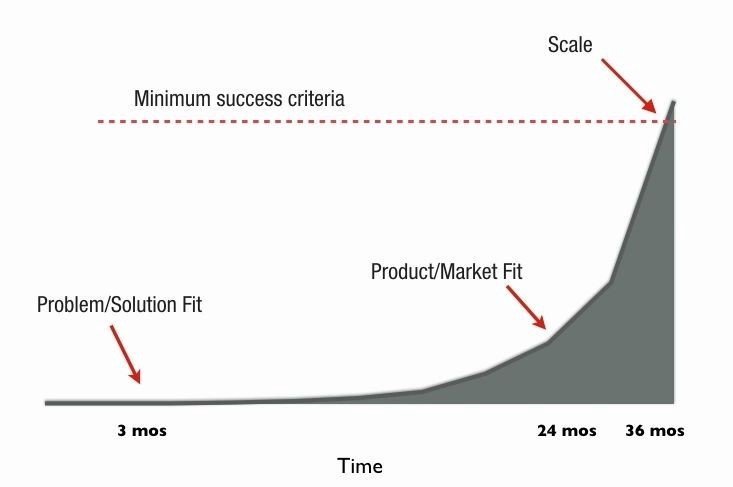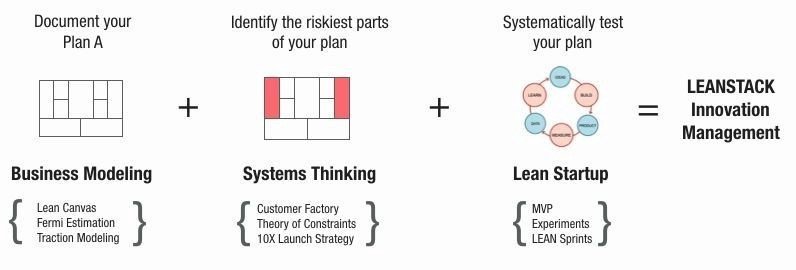Advice Business
Your product is your business model
IKE fellow Andrew Constable explains why traditional business planning doesn’t work for start-ups and how lean product development offers a better approach.
Rather than executing business plans, operating behind closed doors and releasing products when they are perfect, successful start-ups are testing assumptions, gathering early and frequent customer feedback and showing their offers to prospects.
This process verifies that searching for a business model is different from executing against that model, which is what established companies do.
Lean start-up methods have reduced failure rates of new products and, in combination with other practices such as design sprints and pretotyping, have launched a new, more entrepreneurial economy.
The problem with conventional business planning
According to traditional practice, a start-up must create a business plan – a static document that describes the size of an opportunity, the problem to be solved, and the solution that the new product will provide. This includes multi-year forecasts for income, profits, and cash flow.
A business plan is a research exercise written in isolation before an entrepreneur has even begun to build a product. The assumption is that it’s possible to figure out most of the unknowns of a business in advance before you raise money and execute the idea.
Steve Blank identified three things wrong with this approach:
1.
Business plans rarely survive first contact with customers. As the boxer Mike Tyson once said about his opponents’ prefight strategies: “Everybody has a plan until they get punched in the mouth.”
2.
How can you predict a multi-year plan when nearly everything is unknown? These plans are generally fiction, and dreaming them up is almost always a waste of time.
3.
Start-ups are not smaller versions of large companies. They do not unfold by following master plans. The ones that ultimately succeed go quickly from failure to failure, all the while adapting, iterating on, and improving their initial ideas as they continually learn from customers.
A better approach: the lean canvas
Instead of creating these make-believe plans, focus on the meta-principles of building a lean product developed by Ash Maurya at Leanstack.
1. Document on plan A
Capture your business model assumptions: The first step is writing down your initial vision and then share this with at least one more person. This is where business plans fail and the lean canvas succeeds.
The lean canvas is an adaptation of the business model canvas by Alex Osterwalder and is developed with start-ups in mind. The lean canvas is fast, concise and portable.


2. Identify the riskiest parts of your plan
Building a successful product is fundamentally about risk mitigation and the biggest risk is that we build something that nobody wants. Therefore, we need to break this mitigation into 3 parts:
Stage 1: problem / solution fit
- Is it something customers want? (Desirability)
- Will they pay for it? (Viability)
- Can the problem be solved? (Feasibility)
Stage 2: product / market fit
- Have we built something people want?
- Achieving traction is the first significant milestone for a start-up
- Iterate the plan
Stage 3: Scale
- How do you accelerate growth?
- Ensure you use the right metrics to manage this part of the process
- How do you scale grow to 10x in a manageable manner? Use tested playbooks to manage this

3. Test your plan
With your plan A documented and risks prioritised, you can test your assumptions:
- Use the validated learning loop to test your hypotheses
- This could be a simple mock-up / pretotype to put in front of customers
- Use the data to learn, adapt your hypotheses and amend your lean canvas

The most important take away from this article is that your product is not your product. your product is your business model. If you would like to understand more about the leanstack method and how it can help your business, contact me or visit www.visualisesolutions.co.uk.
